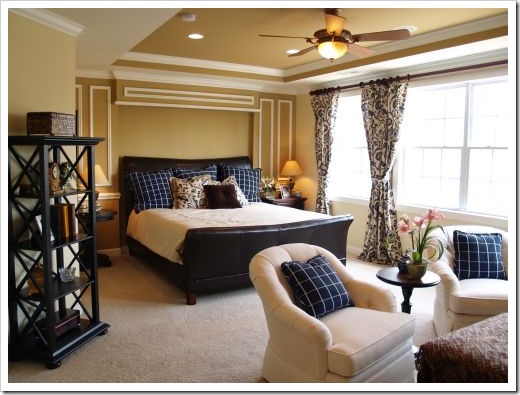The other day I picked up a copy of IF WALLS COULD TALK, an Intimate History of the Home by Lucy Worsley. It’s a fascinating read, full of all those small social details that we often don’t hear about when we’re reading about history.
Here are a selection of things I’ve learned about beds and bedrooms.
1. Medieval people led more communal lives than us. At night they would sleep in the great hall, glad of the safe place of rest. The hall reeked of smoke and body odor, but it was safer than sleeping outside.
2. Medieval people who held jobs within the manor would sleep in their place of work. e.g. laundry maids would sleep in the laundry and the kitchen lads would sleep next to the fire in the kitchens.
3. A bed during medieval times usually consisted of hay stuffed in a sack, hence the saying hitting the hay.
4. A big bed would be shared, sometimes with strangers. Customs and etiquette developed regarding the communal bed. Families would lie in order of birth. If guests came to visit and stayed overnight, the father and mother would sleep in the middle of the bed between their children and strangers to prevent any naughtiness during the night.
5. The lord and lady of a manor would sleep in an adjoining room called the chamber or solar. It was a multi-function room but it usually contained a wooden bed.
6. During Tudor times the four-poster bed was the most expensive item in the house.
7. Tudor four-posters had bed strings on which the mattress sat. These would sag under the weight of the bed’s occupant and required constant tightening. This is where the expression, “Night, night, sleep tight.” comes from.
8. Housewives would accumulate lots of bed linen, enough to last a month so that laundry only needed to be done once a month. I’m glad I’m not responsible for the laundry!
9. During the 17th century bedrooms were on the upper floor. They led off each other, which meant the owner of the first bedroom had people trooping through all the time to get to the rest of the bedrooms. That would make for a restful night…
10. Corridors appeared toward the end of the 17th century, which meant the Georgians started to treat their bedrooms as more private spaces than those people of earlier ages. Their bedrooms were used as social rooms where they received special friends, conducted business and study.
11. During Victorian times privacy became paramount. Even husbands and wives had separate bedrooms and bedroom activities were confined to sleeping and sex.
12. Bedclothes consisted of many layers of sheets, blankets and eiderdowns until the 1970s and the introduction of the duvet. I, for one, am glad of this invention. Bedmaking takes mere seconds each morning.
I don’t know about you, but I’m glad I get to have a modern bedroom with my own bed. Sharing it with hubby—no problem. That seems minor when I think of those medieval great halls!
What does your dream bed/bedroom look like?





I cannot even imagine having people go through my room to get to theirs.
I didn’t know about sleeping tight either. Cool.
I can’t imagine sharing a room or a bed with anyone but my spouse.
Maria – we used to have a spare room for guests that was between two other bedrooms. It was a pain.
Mary – I know. Imagine having to have strangers share your bed. Actually, I’m trying not to imagine it!!
That was very nice of you to share this with us .Such interesting information. Thank you
Ruth Starchman
Thanks for stopping by, Ruth. I love learning stuff like this :)